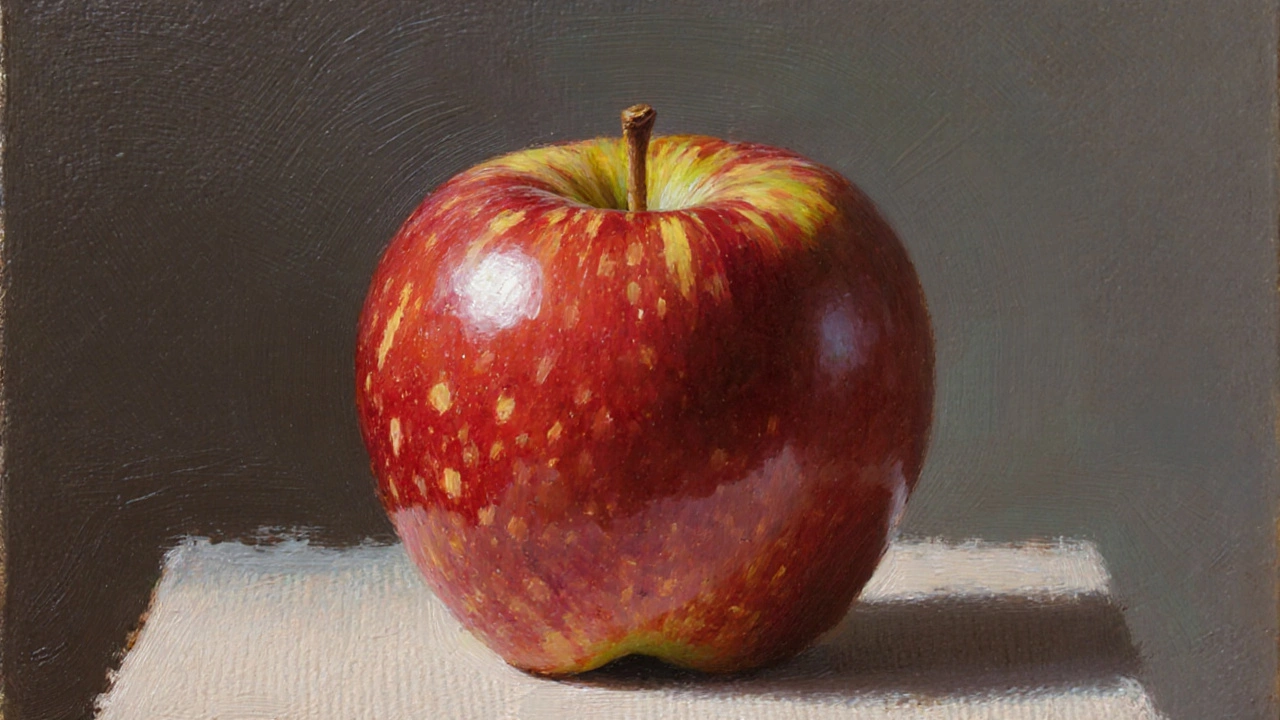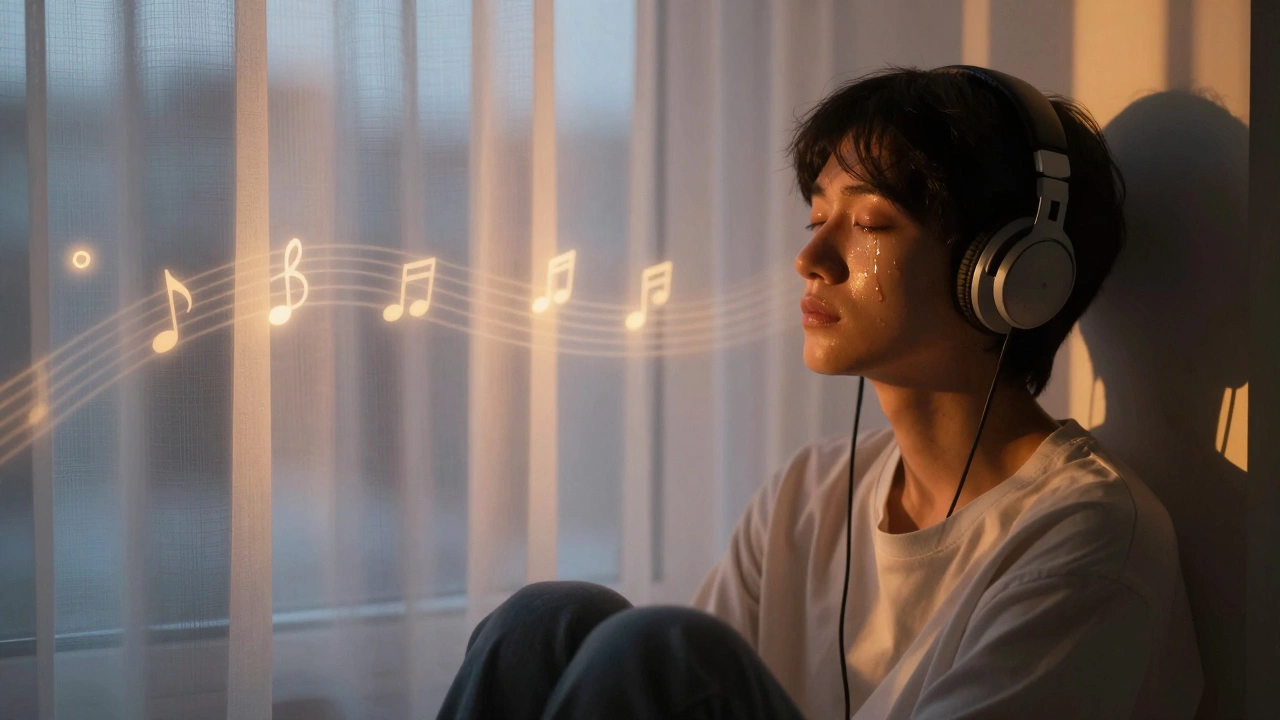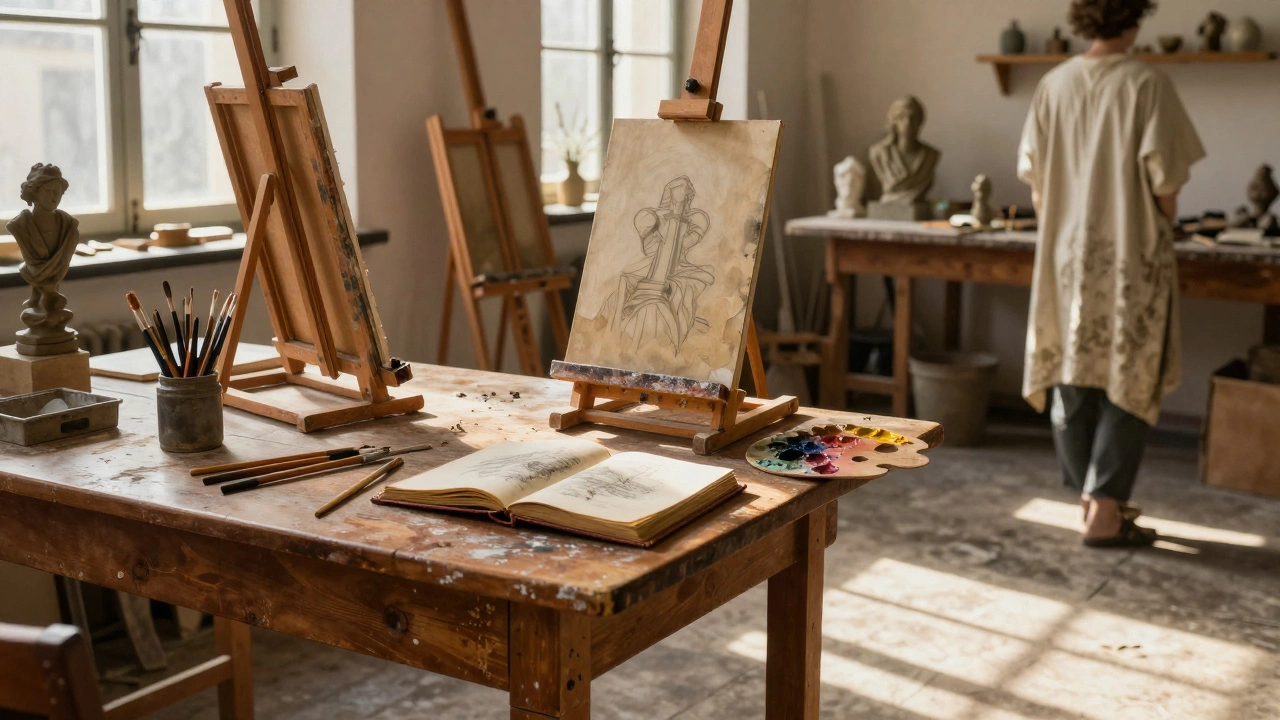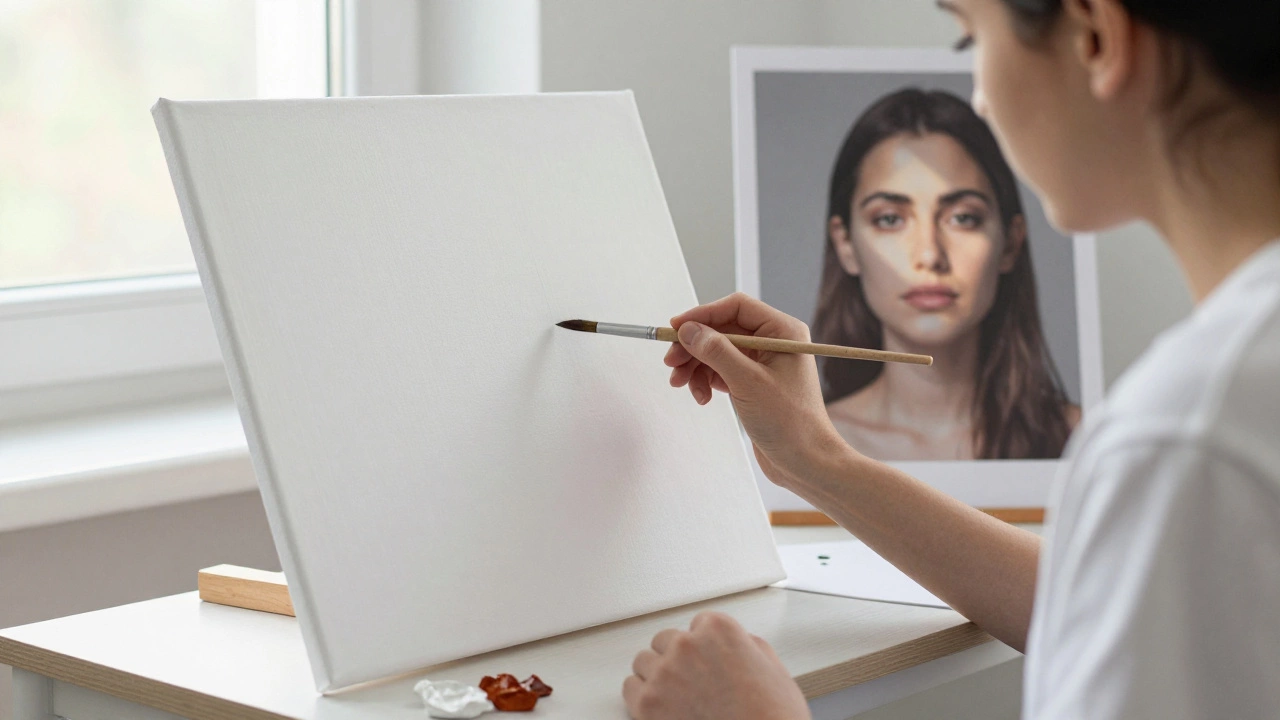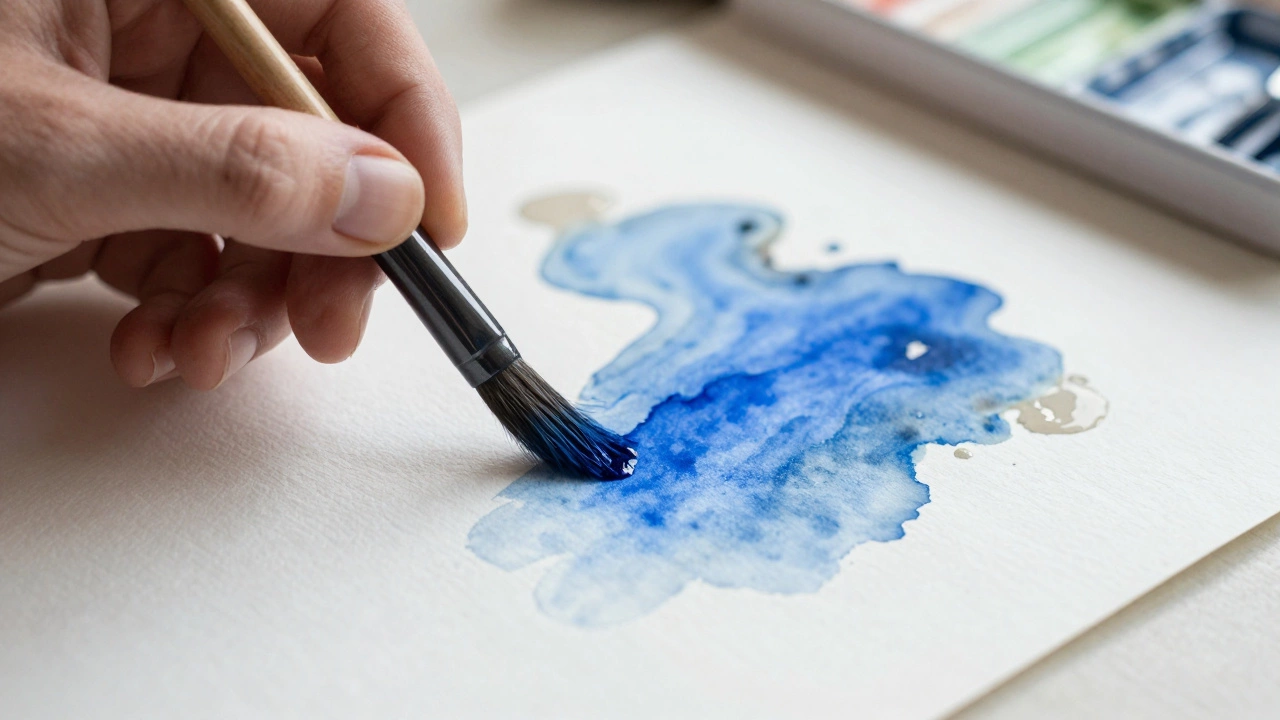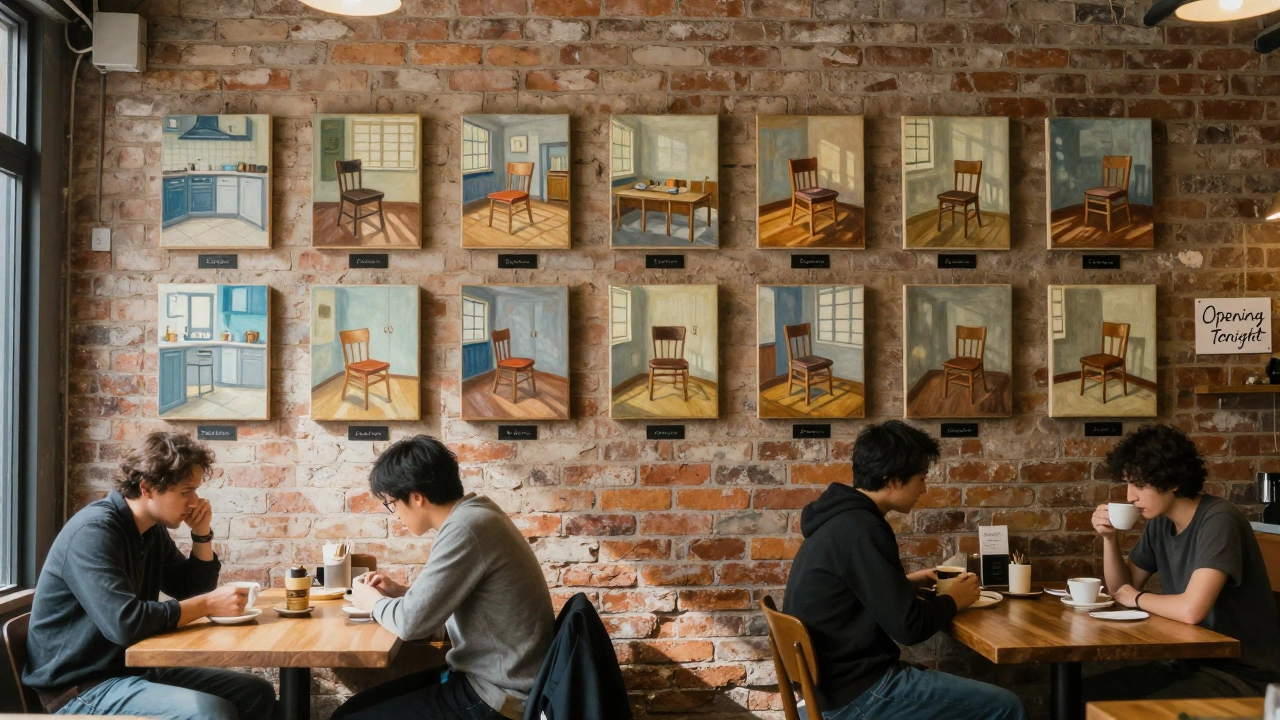Art Style Difficulty Calculator
Select an Art Style
Difficulty Analysis
Key Takeaways
- The difficulty of an art style depends on technical precision, material control, and time investment.
- Hyperrealism and Classical Realism consistently rank as the toughest because they demand photographic accuracy.
- Oil painting on large canvases and Renaissance frescoes are brutal tests of endurance and mastery.
- Watercolor and Digital Painting can be equally unforgiving when aiming for high realism.
- Focused practice, proper tools, and realistic goals turn even the hardest styles into achievable milestones.
When people ask hardest art style is a concept that refers to the visual art approach demanding the most technical skill, patience, and precision, the answer isn’t one‑size‑fits‑all. The hardest art style often sparks debate among artists because “hard” can mean different things: exacting detail, volatile media, or sheer physical effort.
What Makes an Art Style Hard?
Hardness isn’t just about talent. It’s a mix of three measurable factors:
- Technical Fidelity - how closely the final piece must match reality or a strict visual language.
- Material Mastery - the level of control required over paints, brushes, or digital tools.
- Time & Patience - the average hours a skilled artist spends on a single finished work.
When these factors line up, the style lands in the “hardest” bucket.
Top Contenders for the Hardest Art Style
Below are the styles that consistently hit high marks across the three factors.
Hyperrealism is a painting approach that mimics high‑resolution photography, often using oil or acrylic on canvas. Classical Realism is a tradition rooted in Renaissance techniques, emphasizing anatomical correctness and chiaroscuro. Oil Painting (large‑scale realism) is a medium that requires layered glazing, long drying times, and meticulous brushwork. Watercolor is a transparent medium where mistakes are nearly impossible to correct. Digital Painting (3D‑based realism) is a process that combines 2D brushwork with 3D modeling to achieve exact lighting and perspective. Renaissance Fresco is a wall‑painting technique that demands rapid execution while the plaster is still wet.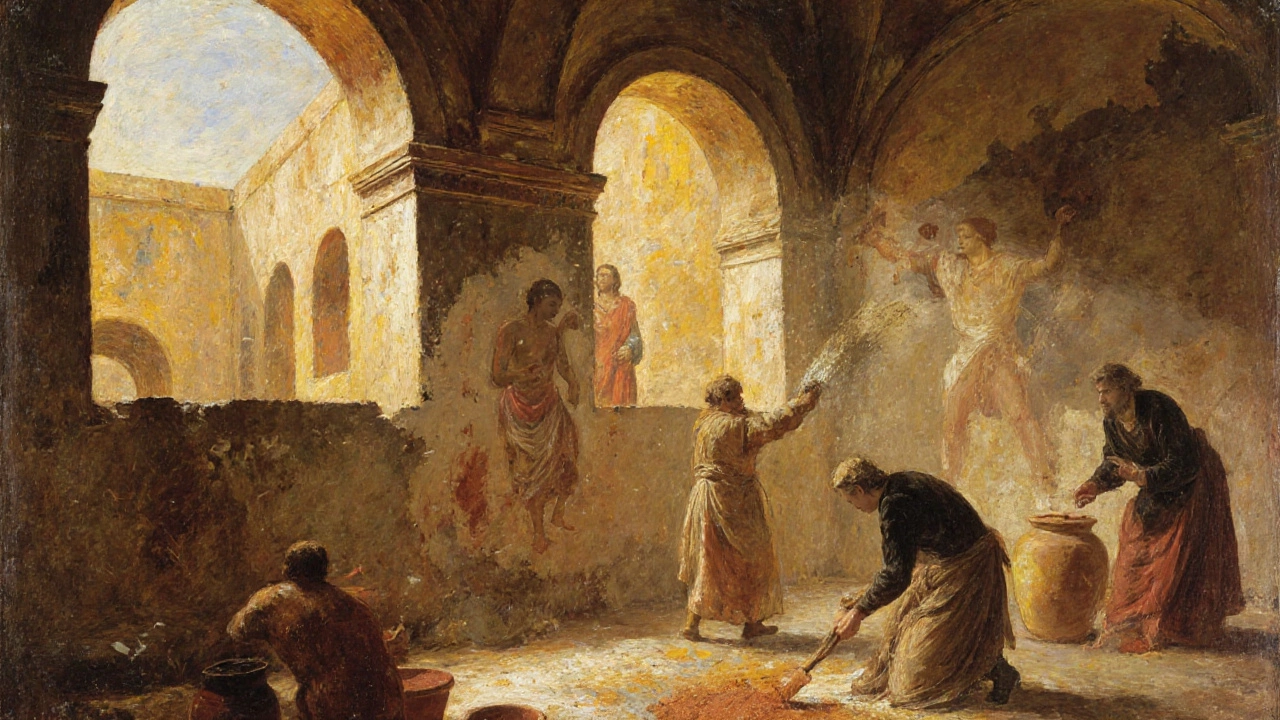
Comparison Table: Difficulty Attributes
| Style | Typical Medium | Key Challenge | Time per Piece (hrs) | Skill Threshold (1‑10) |
|---|---|---|---|---|
| Hyperrealism | Oil or acrylic | Photographic accuracy | 200‑400 | 9 |
| Classical Realism | Oil | Anatomy & light | 150‑300 | 8 |
| Large‑scale Oil | Oil | Layered glazing | 120‑250 | 8 |
| Watercolor | Water‑soluble pigment | Irreversible mistakes | 80‑150 | 7 |
| Digital 3D‑based | Software (Photoshop, Blender) | Accurate 3D lighting | 100‑200 | 8 |
| Renaissance Fresco | Plaster & pigment | Speed before plaster dries | 180‑300 | 9 |
Deep Dive: Why These Styles Feel So Tough
Hyperrealism
Hyperrealists treat every hair strand, skin pore, and reflective surface as a data point. The workflow often starts with a high‑resolution photograph, then translates that image into hundreds of brushstrokes. The Hyperrealism rating of 9 on the skill scale reflects the need for flawless edge control, layered glazing, and a steady hand that can sustain focus for weeks.
Classical Realism
Rooted in the teachings of the old masters, Classical Realism demands mastery of anatomy, proportion, and chiaroscuro. Artists must train with life‑drawing sessions, study historic treatises, and frequently re‑paint the same subject to internalize muscle memory. Its 8‑point difficulty score comes from the intellectual load of interpreting light and shadow correctly.
Large‑Scale Oil Painting
Working on canvases larger than four feet introduces physical strain. Each glaze layer must dry before the next is added, meaning the artist balances patience with a strategic plan for color depth. The medium’s slow drying time forces the painter to sequence work over months, raising the endurance factor.
Watercolor
Watercolor might look simple, but its transparency means the first stroke is often the final one. There’s no “undo” button; once pigment lifts, the paper’s fibers remember it. Mastery requires precise water‑to‑paint ratios, an understanding of paper grain, and the ability to predict how colors will migrate as they dry.
Digital 3D‑Based Realism
Artists combine 2D brushes with 3D models to get perfect perspective and lighting. The challenge lies in mastering both sculpting software and painting tools, then syncing them without losing artistic intent. The learning curve spikes because you’re essentially learning two disciplines at once.
Renaissance Fresco
Fresco demands that pigments be applied to wet lime plaster, which dries in 24‑48 hours. The artist must complete large sections in a single sitting, adjusting for plaster shrinkage and color shift as the lime reacts chemically. Mistakes become part of the wall forever.
How to Train for the Hardest Styles
Even the most demanding styles become manageable with a systematic approach.
- Start Small: Begin with miniature studies. A half‑inch hyperrealistic portrait builds the same muscle memory as a full‑size piece but in less time.
- Master the Basics: For any realistic style, solid drawing skills are non‑negotiable. Spend at least 30 minutes a day on gesture and proportion drills.
- Control Your Materials: Learn how dilution works in watercolor or how drying time changes with different oil mediums. Keep a lab‑notebook of ratios.
- Set Time Limits: Use a timer to simulate the pressure of fresco or rapid oil glazing. This trains your brain to work efficiently under deadlines.
- Study Masters: Copy a classic fresco or a hyperrealistic photo‑painting. Replicating proven techniques reveals hidden tricks.
- Iterate and Reflect: After each piece, write a short post‑mortem. Note where the brush slipped, where pigment bled, and how long each stage took.
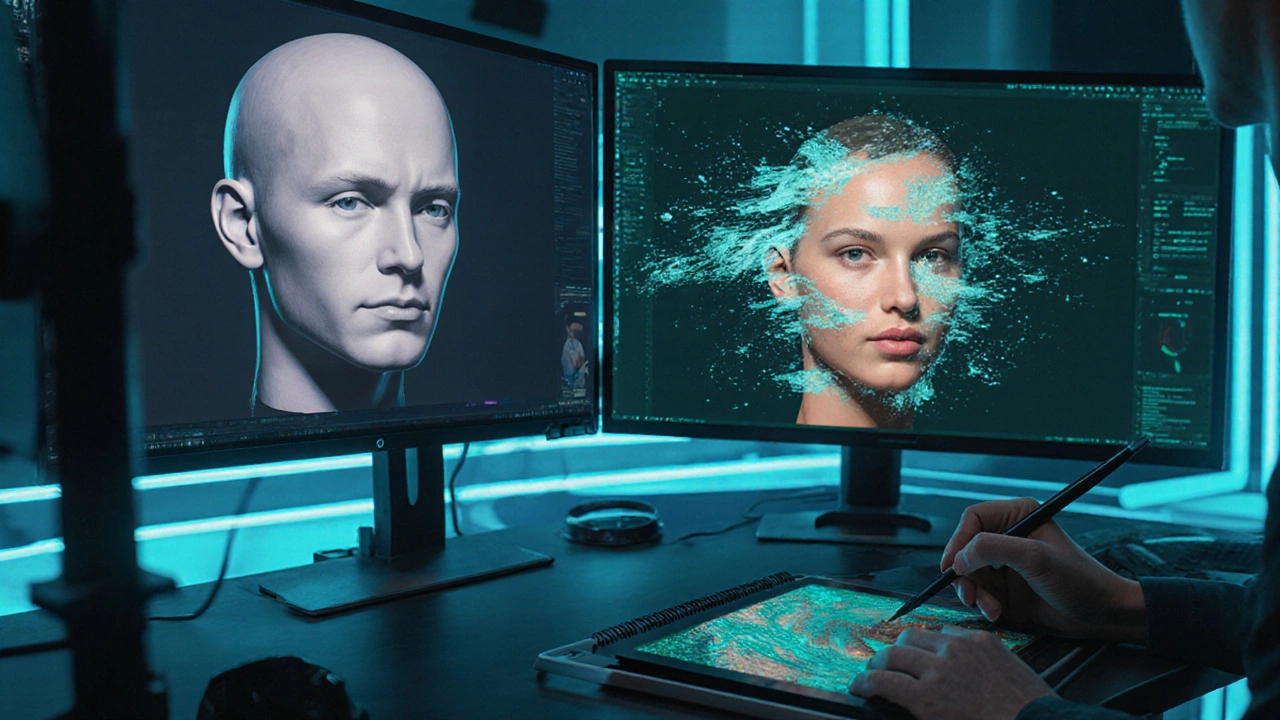
Alternatives for Artists Who Want a Challenge Without Burning Out
If the full‑blown difficulty of hyperrealism feels overwhelming, try these stepping‑stone styles:
- Photo‑Realistic Pencil: Gives you the same eye for detail without dealing with wet media.
- Mixed Media Collage: Combines drawing, painting, and found objects, letting you practice composition under less pressure.
- Digital Matte Painting: Focuses on atmosphere and lighting without the need for complex 3D modeling.
Resources, Communities, and Next Steps
Jumping into a hard style works best when you’re not alone. Here are some go‑to resources:
- Online tutorials on Hyperrealism by Aaron Blaise (YouTube, 2024 series).
- Books: "Classical Painting Atelier" by Juliette Aristides - a step‑by‑step guide to academic techniques.
- Forums: WetCanvas and ConceptArt.org have dedicated threads for watercolor breakdowns and fresco troubleshooting.
- Workshops: The Royal Academy of Arts (London) runs a summer Fresco intensive every other year.
Pick one style, set a realistic practice schedule, and track your progress. In a few months you’ll notice the once‑daunting tasks becoming routine.
Frequently Asked Questions
Is hyperrealism really the hardest style, or is it just time‑consuming?
Hyperrealism scores high on both technical fidelity and material mastery. While it does demand many hours, the precision required for each brushstroke is what truly makes it rank among the hardest.
Can I start learning fresco without a full wall?
Yes. Many studios use small plaster panels (12×12 inches) to practice the wet‑on‑wet technique before tackling a larger commission.
Is digital 3D‑based realism harder than traditional painting?
It’s a different kind of difficulty. You need to master both 3D modeling and 2D painting, which can feel like learning two professions at once.
Why do watercolor artists say the medium is unforgiving?
Because each wash is transparent; once a pigment settles into the paper fibers, you can’t lift it without damaging the surface. This forces you to plan every stroke ahead of time.
What’s a realistic first project for someone wanting to try hyperrealism?
Start with a simple fruit study-an apple or orange-using a 12×12 inch canvas. Focus on edge softness, highlights, and subtle color shifts before moving to portraiture.
